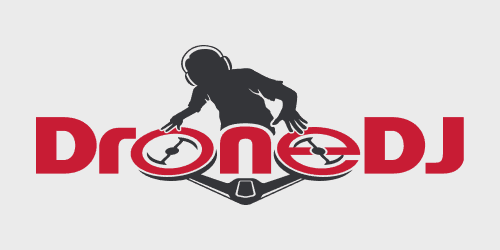
Sale and consumption of pot is, of course, legal in California – so long as producers, retailers, and consumers do their business according to regulations. But because not all actors in the sector are following those rules, drones are being brought in to help authorities crack down on illegal marijuana growers.
Aerial surveillance to spot people illicitly profiting from legalized pot
When California legalized pot for recreational purposes in 2016, it liberated a new and increasingly massive business activity (not, however, for drone deliveries, which remain prohibited). A $4 billion largely underground market when California lifted its legal ban, the marijuana sector last year generated over $35 billion in sales, and nearly a billion in tax revenues. But now Big Cannabis is also about to, ahem, dope drone sales as authorities turn to the craft to identify regulation-breaking growers.
Use of uncrewed aerial vehicles (UAV) for that purpose has already been cleared by Nevada County, about 150 miles northeast of Sacramento. According to local reports, the county’s board of supervisors approved a trial program Tuesday to fly the craft to battle an expanding number of illegal pot producers in the area.
The testing of drones to track down illegal marijuana growers – whose numbers are estimated at between 3,500 and 4,000 in Nevada County, or nearly 97% of the total – is budgeted at $10,000. Municipalities and counties farther northwest will be watching that effort carefully, as they contemplate whether to transplant drone inspection to what has traditionally been California’s heartland of cannabis growing (both before and after the 2016 legalization).
Flying drones to weed out illegal marijuana growers
Officials say local producers break rules in a variety of ways. Some are not compliant with basic business regulations, such as paved access to facilities, fire prevention work, or making their establishments accessible to people with disabilities – infringements UAV will have a limited role detecting.
Others flaunt major legal requirements, such as limiting cultivation to recognized agricultural land, and declaring their activity as a commercial operation to authorities. In addition to skirting tax, employee, and product safety rules, that latter group also tends to inflict environmental damage on terrain used, and consume huge volumes of water for irrigation that depletes reserves for fire prevention.
Unlike previously deployed helicopters – which cost around $900 per flight – drones used to identify illegal marijuana growers can be sent on almost unlimited daily missions. Despite their buzzing, meanwhile, they attract far less attention from undeclared producers than choppers or low-flying planes. Privacy concerns about their use are also being addressed. Since initial tips on illicit plantations tend to come from unhappy neighbors, consent to making surveillance flights over their property to access marijuana fields is usually going to be a given from the outset.
Nevada County’s moves follow initial steps in Washington DC to supply UAV for an expanding effort to identify illegal pot cultivation on California public lands. In late June, the House Appropriations Committee filed a report complaining that “trespassers illegally grow marijuana on public lands in California…(that) harmfully impact the public, water, soil, and wildlife.” To combat that, the committee has recommended supplying funds to equip and fly drones within the push to uproot those fields.
“The Committee supports Forest Service efforts to develop tools to detect and eradicate grow sites,” the report says. “The Committee also supports the Department of the Interior’s use of drones to conduct statewide remote-sensing surveys of federal public lands to identify grow sites and allow for the development of cost estimates for reclamation.”
All that may translate into a windfall for drone makers and agricultural sensor manufacturers, and a bum trip for rogue marijuana farmers.
FTC: We use income earning auto affiliate links. More.

Comments